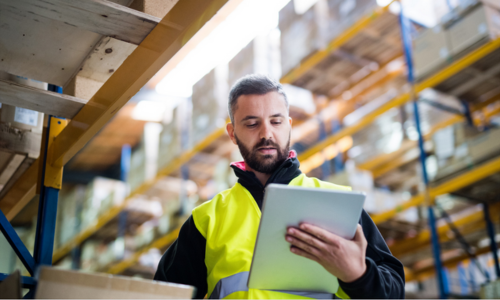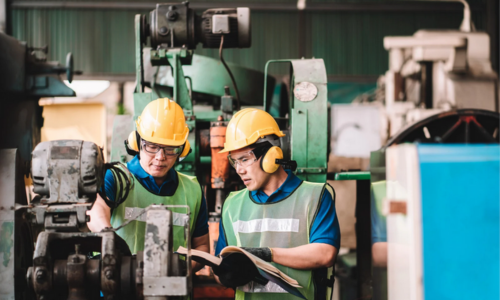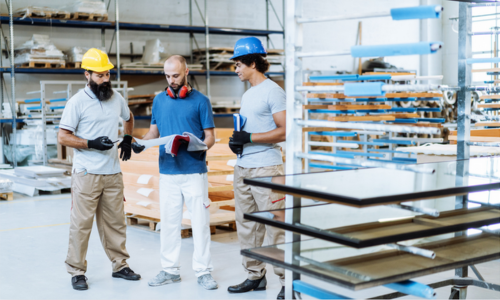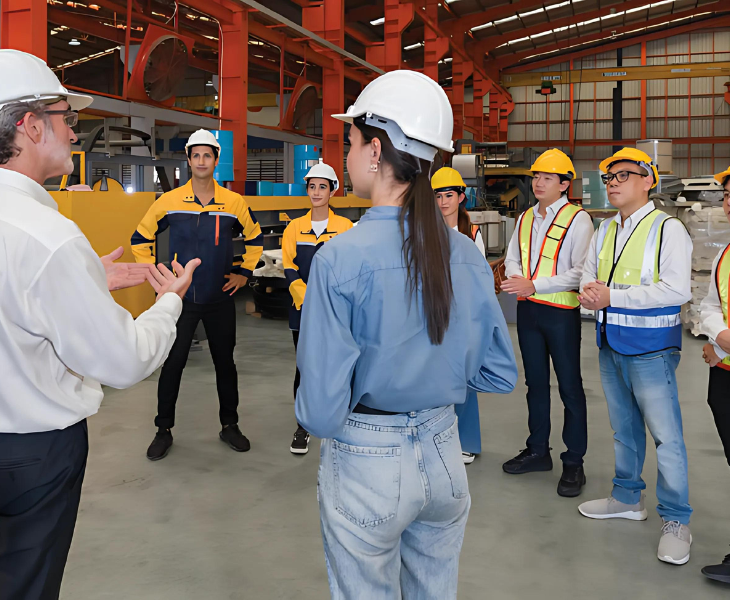Your employees are more than just part of your team – they’re your business’s most valuable asset. Ensuring their safety isn’t just about complying with the law; it’s about fostering a productive, engaged workforce. In industries where hazards are unavoidable, providing proper Personal Protective Equipment (PPE) is critical for keeping your team safe. From healthcare to warehousing, the right PPE can make all the difference in preventing injuries and maintaining a safe, efficient workplace.
More than a Legal Requirement
In Australia, the Work Health and Safety Act 2011 requires employers to provide appropriate PPE to safeguard workers from hazards. But beyond legal compliance, using PPE demonstrates a company’s commitment to its people. While engineering controls and safe work practices are vital, PPE is the last line of defence when other measures can’t completely eliminate risks.
Think about it—PPE is your team’s armour against dangers like harmful substances, heavy machinery, and hazardous
environments. Here’s how it helps protect employees from a range of potential injuries:
- Cuts and abrasions: Gloves, safety glasses, and protective clothing shield workers from scrapes and cuts.
- Burns: Heat-resistant gloves and aprons protect against burns from hot surfaces or chemicals.
- Eye injuries: Safety glasses and face shields guard against debris, chemicals, and harmful radiation.
- Hearing loss: Earplugs or earmuffs defend against noise-induced hearing damage.
- Respiratory Issues: Masks prevent inhalation of hazardous fumes, dust, and gases.
- Falls: Safety harnesses, helmets, and non-slip footwear prevent falls, especially in construction and warehousing.
- Traffic accidents: Safety belts, high-visibility clothing, and protective equipment keep transportation workers safe on the road.
But simply providing PPE isn’t enough—it must be used correctly and consistently, which is where many businesses fall short.
Reducing Injuries and Saving Lives
The stats are clear: PPE saves lives. Safe Work Australia reports that effective use of PPE has led to a marked decrease in workplace injuries. Respiratory protection in mining and construction has reduced occupational lung disease, while eye protection in manufacturing has prevented countless injuries from debris and chemicals.
However, PPE’s effectiveness depends on more than just putting it on. Quality, training, and correct usage are all crucial factors. High-quality PPE that meets Australian standards can mean the difference between a near miss and a serious injury. Equally important is regular workplace inspections to address new or emerging hazards.
But here’s something that might surprise you: even the best PPE is ineffective if employees don’t use it properly. This brings us to the biggest challenge in workplace safety—compliance.
From Compliance to Culture

One of the biggest hurdles in implementing PPE isn’t the cost or availability, but ensuring employees actually wear it. Workers may resist PPE because it’s uncomfortable, restricts movement, or they simply don’t understand the risks. It’s up to employers to educate their teams about the importance of PPE and ensure it’s not only suitable for the job but also comfortable to wear.
Involving employees in the PPE selection process can make a huge difference. When workers have a say in the equipment they use, they’re more likely to wear it consistently. Consider asking for feedback on comfort and practicality, and adjust your choices accordingly.
Building a culture of safety is also key. PPE shouldn’t be viewed as an annoyance—it’s a tool that protects health, safety, and wellbeing. By fostering a safety-first mindset, you can ensure that PPE is used effectively across your workplace.
Investment, Not Expense

It’s easy to think of PPE as an added cost, but the reality is that investing in safety pays off in the long run. Workplace injuries lead to lost productivity, higher insurance premiums, legal liabilities, and damaged employee morale. The reputational damage from failing to protect your workers can also be substantial, affecting your ability to attract both talent and customers.
By contrast, a commitment to safety—demonstrated through proper PPE and training—can improve employee retention and engagement. When workers feel valued and protected, they’re more likely to perform at their best, leading to increased productivity and a stronger bottom line.
A Non-Negotiable for Success

In today’s competitive business landscape, safety is more than a checkbox—it’s a cornerstone of success. Equipping your employees with the right PPE and ensuring they use it correctly doesn’t just prevent injuries; it fosters a safer, more productive workplace. By making employee safety a priority, you’re investing in the long-term wellbeing of your team—and your business.

